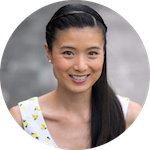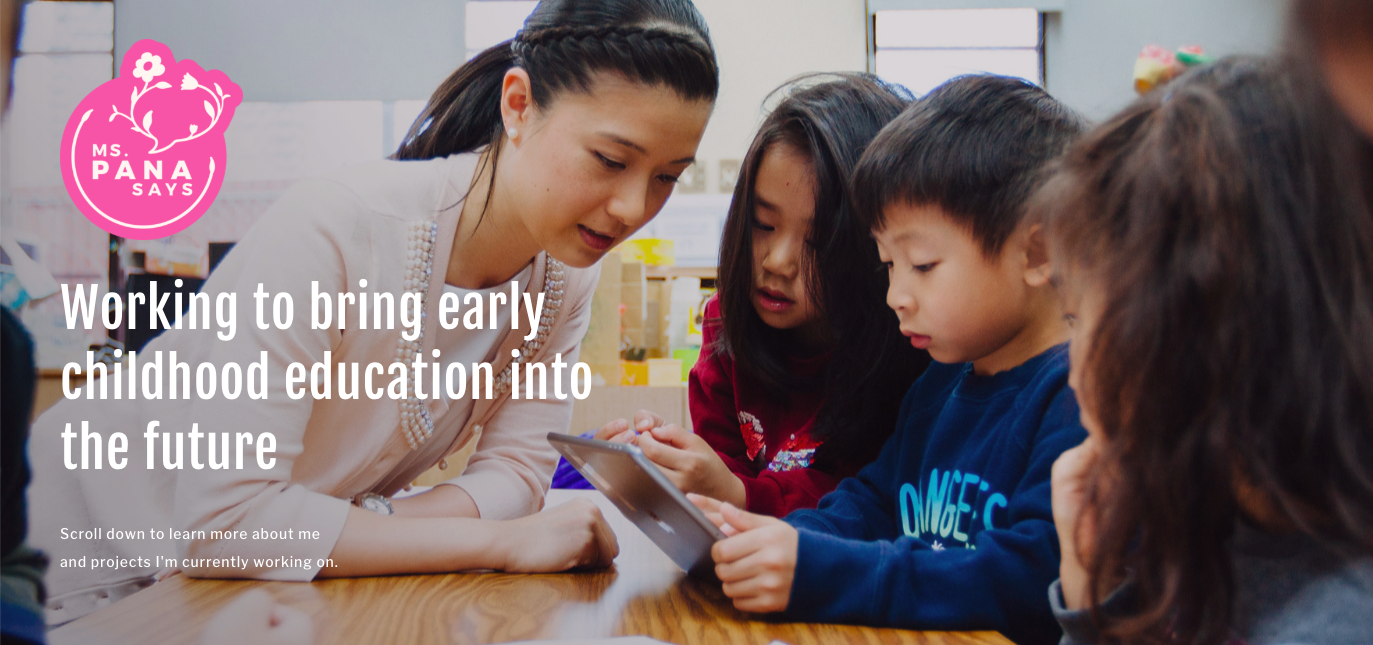Pana Asavavatana
Finding The Right Angle
Going into course five, I knew that the way I approached this final project would take some stepping back and rethinking. I didn’t run core curricular units from start to finish in my role as technology integrator. Plus, the units that I did run under the technology curriculum, naturally already had plenty of technology integrated into it. I ultimately chose to focus on Coding and Robotics in the early years as I had been developing this program all year.
Although I’m now a technology integrator, my foundation is early childhood education and most of my training and teaching experience is in this field. So, as I chose my project focus I considered a few things I noticed from my interactions with fellow early childhood educators:
1. There are quite a few early childhood educators who hear “coding” and worse yet “robotics” and run in the other direction!
2. For those teachers who do have some understanding of coding and robotics, it has been seen to be an “add on” and often they feel they don’t have time to “fit it in”.
3. At such a young age, I’ve noticed that starting coding and robotics with the use of devices often leads to distraction due to all the bells and whistles that come with most technology, and they don’t really get to work on the logic and computational thinking behind it all.
So, as I explain in my video, my main goal was to: Find a way to integrate coding and robotics into the early childhood core curriculum through an ‘unplugged’ experience.
The Plan
The Process
Redefining ‘Redefinition’
Do I think I reached ‘Redefinition’? Well, it depends on how you look at things…
I know that the collaboration that has happened over the past few months would not have been possible without technology. But, I am actually happier about the fact that I feel like I was able to make coding relevant by connecting it to concepts and ideas already being taught in early childhood classrooms. In this sense, I think that that I worked in reverse a little, and redefined ‘Redefinition’ in a way. Rather that redefining how a curricular unit runs after technology is integrated, I redefined how concepts in technology can be redefined to link authentically to the early childhood curriculum.
I have received some wonderful responses that have really encouraged me to make this project bigger and more global next year. Here are a few responses:
@PanaAsavavatana We loved coding with you. You made it more real for us.
— The Phoenix School (@PhoenixSchool) May 8, 2015
The teacher whom I worked with at our school has said that after collaborating with me on this project, she now sees ways to integrate coding into her daily morning meeting and wants to connect the focus of the coding game to whatever she feels her students need to work on, whether it be their high frequency words for the week, math concepts or even science. It was these responses that made me feel like my project was successful because each teacher told me in their own way, that they could see more connections to what they were already doing in their classrooms daily. At the same time, they were able to teach the computational thinking behind coding without making it an “add on” to their already busy schedules.
There was one thing I did not realize when I initially planned this project but noticed after completing it, was that students got the chance to practice not just core curricular skills, but engage gross motor skills, by coding through actions, and fine motor skills through the creation of game cards. Both being key areas of development during the early years. So, if you ask me if I reached my goal…yes I feel like I did. 🙂
Google Presentations
Here are all the Google Presentations that were created so far during the project. I will add the games that are coming to this blog post once they are finished!
To Be Continued
As you’ll notice in the video, we haven’t quite finished yet but we’re very close 🙂 The Phoenix School and St. Raymond have both just sent us their final coding games that they created and we hope to have the chance to play them next week. AES is in the process of finishing their game creation, but so far it looks like it’ll be a fun one to play!
As I mentioned in the video, I plan to move forward with this by opening it up to anyone in the world who wants to contribute. I will start by making it a Global Classroom Project with the help of Michael Graffin, and I am thinking about not only creating a hashtag on Twitter where people can find and contribute unplugged coding games, but possibly connecting it to a Google+ Community where these games can all be kept in one place and hopefully sorted by curricular focus.
One thing I would and actually have changed over the course of this project was that initially I had paired teachers off with each other to exchange games. But with everyone being on different schedules, it worked better that we all just came up with our games whenever we could and tweeted it out to everyone rather than just one partner class. Then whoever was free to play it would respond. In the future, I hope to make the rule be that each class can play as many games as they want, BUT every class must contribute at least one game to the community. There is a lot of great thinking and learning that happens when students get to create their own games, especially when it comes to visual literacy, so I would highly encourage this form of participation.
What I noticed when I asked students to create simple symbols for our own coding game was that many of them really struggled to avoid adding too many details. I can understand this however, because it actually was the opposite of what we teach them in writing workshop, “Add details to your pictures!”. So in a lot of ways I am very glad we had to go through that process with the students because they got to practice thinking in simple symbols and images, a skill that I think many educators overlook. It has made me realize that I should incorporate it more into my teaching.
Moving Forward
I don’t think it’s appropriate to say that this is all going to be over, in fact that’s why I chose to create the visual that I did at the end of my video. The journey doesn’t end, it keeps going!
I think that my greatest learning in COETAIL was not anything specific, but more the type of thinking that has now grown to become a part of who I am as an educator. The way that I see and approach my teaching is different, and the way I reflect on each process feels much more open, creative, and adventurous. There are definitely more exciting things that lie ahead, but now I think I’ve got the right mindset to take it all on, and possibly flip things on their head if necessary 😛 To me, creativity and innovation don’t come from within, they come from running full steam ahead to find that next ‘thing’ you’ve never tried before, then just throwing yourself into it…
P.S. I’ll be moving back to my main blog site mspanasays.com. Hope you’ll visit!



Recent Comments